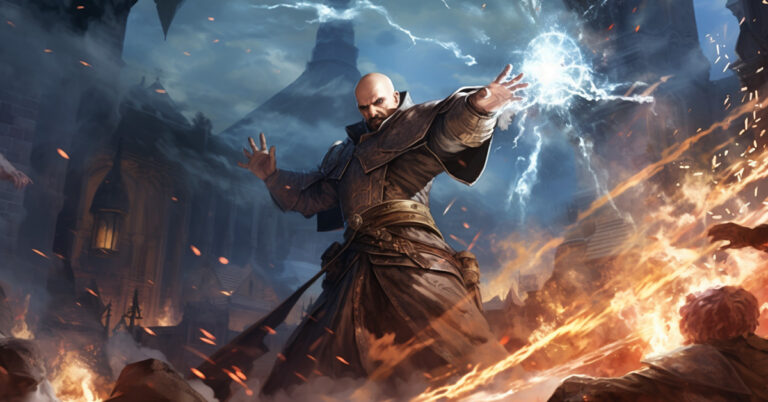In general, spellcasters have a wider array of available actions, both in and out of combat, than their martial counterparts. Rather than the extremely satisfying “stab/whack/punch/shoot, repeat”, spells offer up a whole host of methods to harm, confuse, deceive, or mildly irritate your foes, as well as heal, support, entertain, or mildly irritate your allies!
Table of Contents
What is the best spellcasting build?
Is the question that everyone asks first but later realises it’s actually the least important question until they understand what makes a good spellcaster? So let’s start our adventure there!
What makes a good spellcaster?
As there is so much variability in what spellcasters can do, the most important thing for them to be is flexible. As a player, this means keeping tabs on what is happening in-game, planning ahead, and ideally having a backup plan or two. Having good knowledge of your character’s spells and abilities is paramount, and makes for a good player in general.
To illustrate the importance of flexibility in combat, imagine a scenario where your party is battling a group of cultists, you’re well outnumbered and looking pretty beaten up. Your wizard is geared up to cast Magic Missile; not risking an area of effect spell as your party’s Monk and Paladin are in the fray. However, the Monk is getting low on hit points and decides to disengage after getting a couple of hits in. With them at a safe distance, you determine that using your only 3rd-level spell slot is now worth it, as you can position a Fireball so that it catches all of the cultists. You know that your Paladin has advantage on the saving throw and will likely only take half damage. The Fireball rids you of many opponents and makes dispatching of those remaining an easy task.
The addition of spell rules, effects, and mechanics to an already complex game system might seem daunting, especially for newer players, but there are endless possibilities for ways to play a spellcaster, and it’s definitely worth braving a little extra reading!

What are the main spellcasting classes?
While there are various ways that characters of any class can tap into the arcane arts (which is a whole other topic), generally the main spellcasting classes are broken down into ‘full’ and ‘half’ casters.
Full casters are those that have the ability to cast spells starting from level one. In 5e there are six full caster classes: Bard, Cleric, Druid, Sorcerer, Warlock, and Wizard.
Half casters gain spellcasting only after leveling up and generally have fewer spells and spell slots. In 5e, there are three half caster classes: Artificer, Paladin, and Ranger.
| Full casters | Half casters |
| Bard | Artificer |
| Cleric | Paladin |
| Druid | Ranger |
| Sorcerer | |
| Warlock | |
| Wizard |
Which spellcasting class has the most spells?
A wizard has access to the most spells*, with over 300 in their class list, followed by sorcerers with over 200, with the other full casters following with a range of ~100-150.
However, this question is not as straightforward as it might seem; a spellcaster does not have access to the full list of spells available to their class, and not all spellcasting classes manage their spells in the same way.
The spells that your character can actually use will depend on class and level, as this will dictate either your known spells, based on your level, or the number of spells you can have prepared per day, based on your spellcasting ability score and level.
*Bards are able to subvert the confines of their spell list through the Magical Secrets feature, which essentially allows them to add spells usually only available to other classes to their list of known spells at level 10, 14, and 18 (and level 6 for College of Lore Bards). So, for 6-8 of their known spells, a Bard has access to pretty much any spell in the game. Not so much just the traveling musician/comedic relief now, huh?
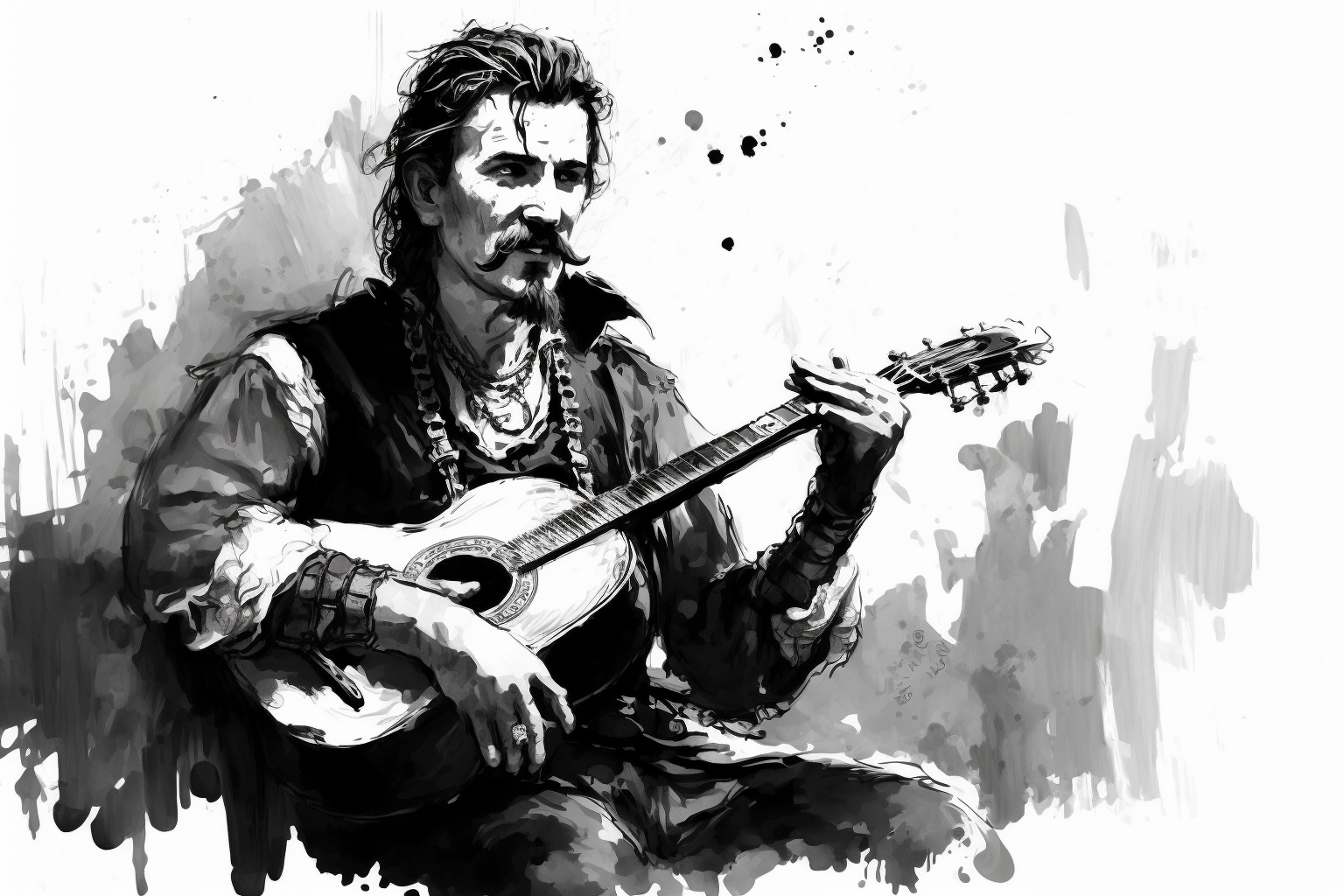
Simple 5e spellcasting builds
If you’re just starting out, or, if you’re looking to fulfil a straight-forward role such as damage dealing or healing with your spellcasting, these base builds will make sure you’ve got the best possible start.
Beginner spellcaster build
Whilst easing into the world of the arcane by playing a half caster, or martial character with a couple of magic tricks, might be a good idea, jumping right in with a fully-fledged magic user, immersing yourself in the new mechanics, and learning ‘on the job’ is certainly possible too.
What is the easiest spellcasting class to learn?
For beginner spellcasters, life will be made easier by:
- Smaller spell list
- Known spells (rather than prepared)
- Easy to manage spell slots
- Mechanically simple, useful Bonus Actions.
- Hit Points and Armour Class especially if you’re new to the game or used to playing more durable martial classes.
Recommended: Metallic Dragonborn Pact of the Fathomless Warlock
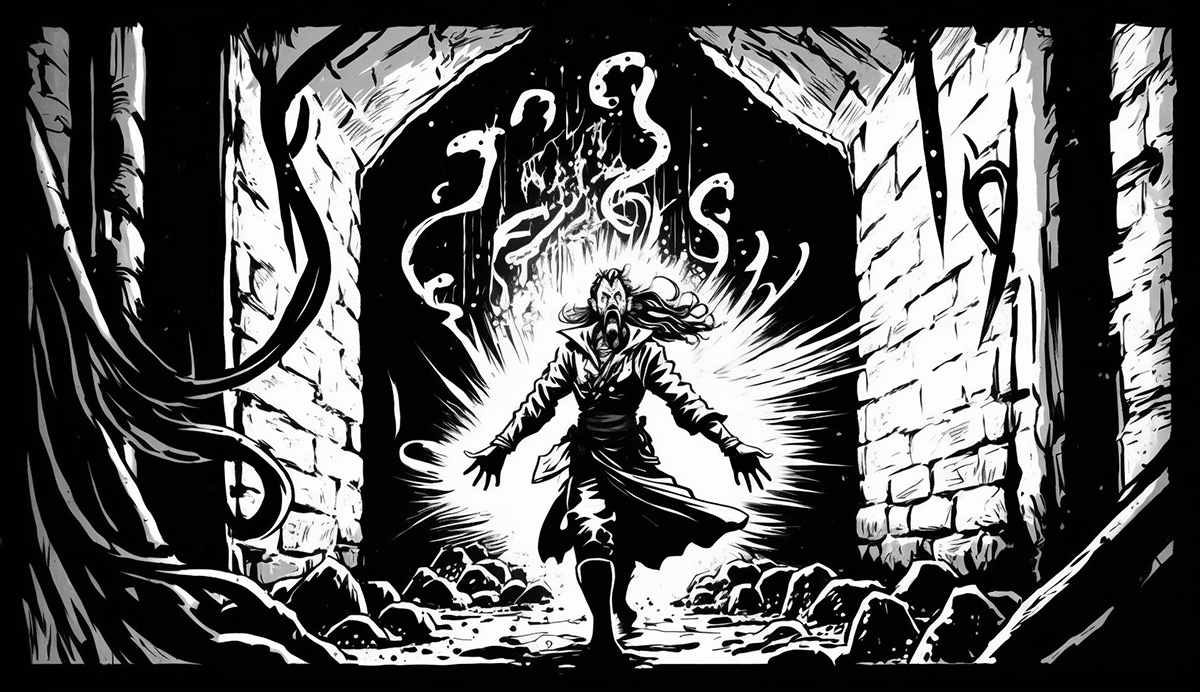
Build overview
- Class: Warlock: The Fathomless
- Race: Metallic Dragonborn
- Spellcasting ability: Charisma
Based on these criteria, a Pact of the Fathomless Warlock would make a pretty good first spellcaster, when starting at level 1.
Warlocks have fewer spells to choose from and don’t have to prepare spells. Their spell slots are easy to manage; they have fewer available and unlike other classes, all of their spell slots are of the same level, increasing over time to match their highest-level available spell. Additionally, all of their spell slots are regained after a short or long rest.
The first-level Fathomless feature, Tentacle of the Deeps, allows you to summon and attack with a spectral tentacle as a Bonus Action (and move and attack with a Bonus Action on subsequent turns), still leaving you free to cast a spell or take another Action.
Furthermore, at level 6 this feature can negate damage to you and your allies using your reaction. Pact of the Blade provides you with a viable option for when you don’t want to use one of your slots, and reduces the number of Invocations you can choose from, making that feature a little less overwhelming.
There is lots of flexibility with what you choose to play this Warlock, but a Metallic Dragonborn means you can afford to invest in both Consitution and Charisma, while the additional breath options can brilliantly complement your spellcasting.
Offensive spellcaster build: Big damage
Recommended: Deep Gnome Evocation Wizard

Build overview
- Class: Evocation Wizard
- Race: Deep Gnome
- Spellcasting ability: Intelligence
For a mage that’s primarily interested in dealing damage and lots of it, an Evocation Wizard is the go-to, and for good reason. If you want to do a lot of damage to multiple enemies, Area of Effect (AoE) spells are your best friend – until they wipe out half your party too.
This is where the Evoker’s speciality comes in clutch; before they are able to deal additional damage (automatic maximum damage, come level 14), this subclass learns to shield their allies from their onslaught through the Sculpt Spells feature. This allows you to choose a number of creatures (1 + the spell’s level) within the spell’s area to successfully save against the spell and are not affected or take no damage from it.
Feats go well with this build, and you may as well take them as the only ability you need to be overly concerned with is Intelligence for your Ability Score Increase.
- War Caster is a no-brainer, maintaining concentration on spells becomes nearly guaranteed, and being able to cast spells as an Opportunity Attack (to which you can add your additional Empowered Evocation damage) is great for someone with little melee impact.
- Spell Sniper is also wise, being able to target those behind cover with your damaging spells, and having an additional attack cantrip (to which your additional damage will also apply) will be valuable additions to your arsenal.
Deep Gnomes are a good option for this build, as they gain +2 to Intelligence, your spellcasting modifier (bolstering attacks and save DCs), +1 to Dexterity (supporting your AC, although you should still be taking the Shield spell), and advantage on Intelligence, Wisdom, and Charisma saving throws, making you less susceptible to other’s spells. Moreover, Deep Gnomes have Superior Darkvision, enabling you to make out adversaries even at great distances in the dark, making it easier for you to stay out of the fray and avoid melee damage.
You can find a guide to playing as Deep Gnome in Player’s Companion on page 5.
Defensive spellcaster build: Survivability
Recommended: Half-Orc Circle of the Moon Druid
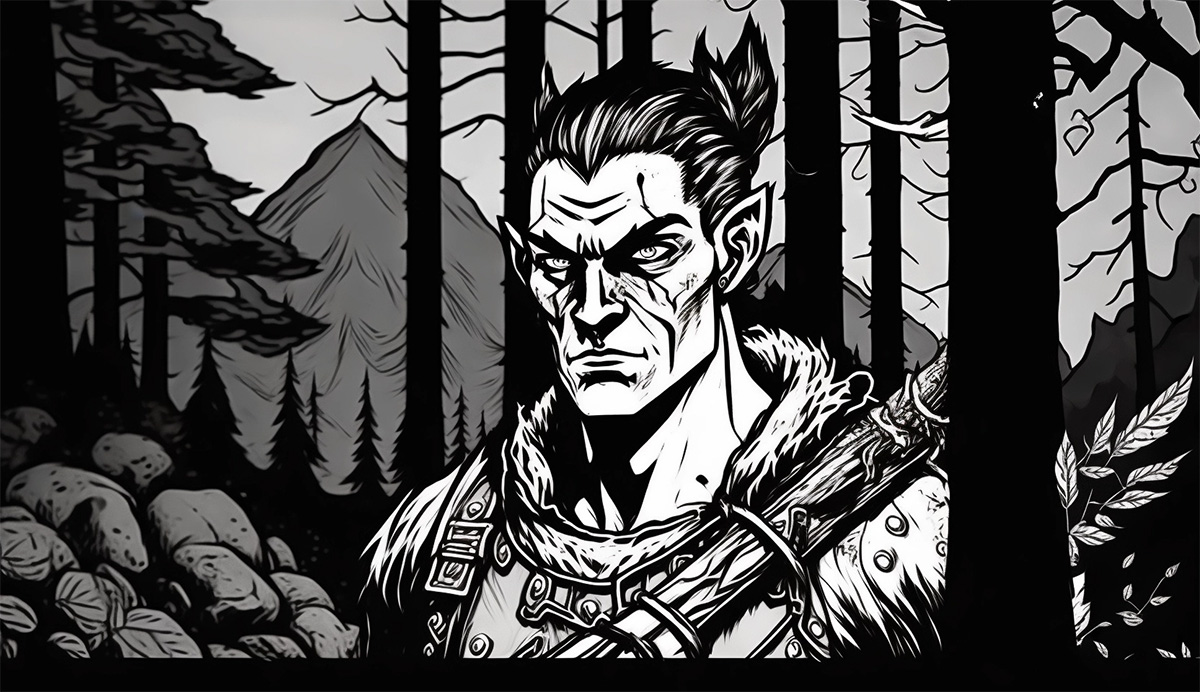
Build overview
- Class: Circle of the Moon Druid
- Race: Half-Orc
- Spellcasting ability: Wisdom
Spellcasters in 5e are typically pretty squishy, but that’s not to say that you can’t build a more hard-wearing mage if you so desire.
Druids are your best bet here, and Circle of the Moon offers many ways to keep your spellcaster conscious. This subclass goes all-in on the Druid’s Wild Shape feature in which they adopt the form (probably no Owlbears, though), and importantly for the goals of this build, Hit Points, of a chosen beast. For Moon Druid’s Combat Wild Shape, control of this ability is a Bonus Action rather than Action, and a possible use of this is to regain hit points in beast form, in exchange for a spell slot (1d8 per spell slot level). Furthermore, this subclass grants access to beast forms of higher challenge ratings than other Circles, and with more dangerous animal forms come more hit points.
Although generally not an ideal choice for a Druid, Half-Orc makes for a great choice within this particular build. The +2 Strength bonus might seem wasted here, but you’ll likely be the only caster around with a hope of making decent athletics checks (such as to get out of a Grapple or to prevent being Shoved). The other ancestral ability bonus, +1 Constitution, is doubly useful; for AC outside of beast form and maintaining concentration on spells in normal form. The Half Orc’s Relentless Endurance and Savage Attacks really shine through in Druid, as they both apply to beast form. For Savage Attacks, this just means that critical hits with your natural weapons deal additional damage. Relentless Endurance (dropping to 1HP when you otherwise would have been reduced to 0HP) whilst in Wild Shape, however, allows you to retain your Wild Shape for another round and ensures that there is no damage carried over to your normal form; a very strong defense in the face of a big hit.
Whilst this build’s emphasis in beast forms will render ability scores as generally less important, you will want to prioritise Wisdom with your initial ability score generation and ability score increases, for your spellcasting. The Resilient feat, with Constitution as the selected ability, works well here, as the proficiency granted to Constitution saves will carry through to your beast form, meaning you are more likely to maintain concentration on spells you cast before adopting it.
Support spellcaster build: Healing and buffing
Recommended: Cleric of the Grave Domain
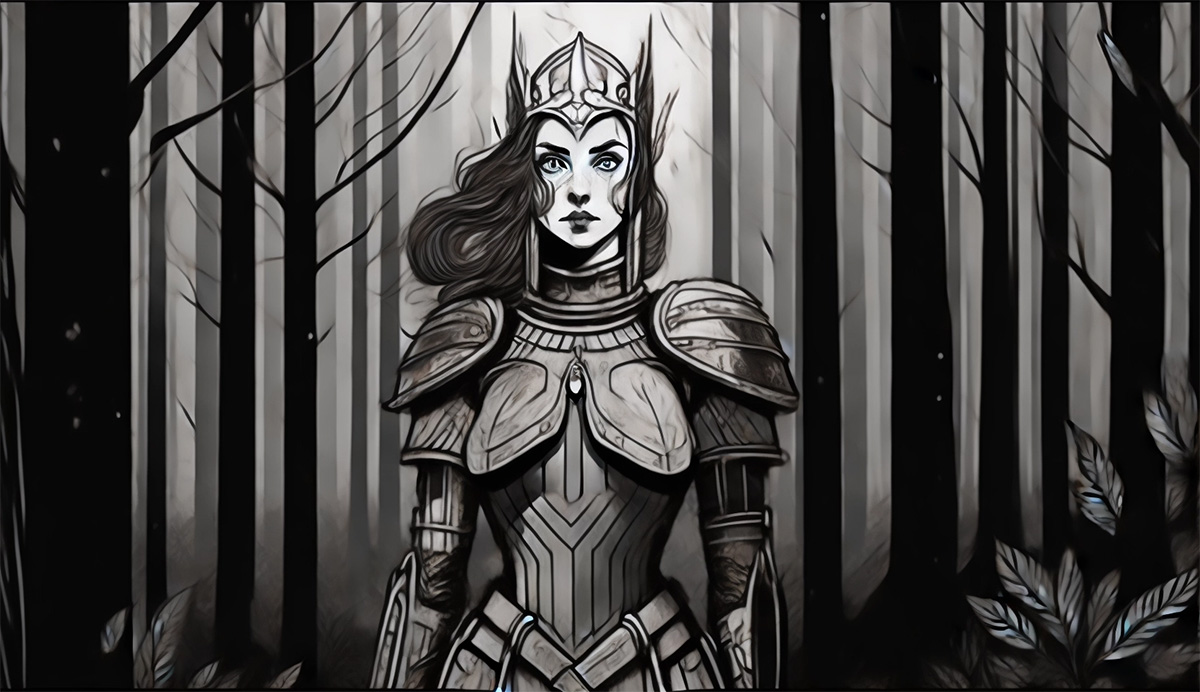
Build overview
- Class: Cleric of the Grave Domain
- Race: Wood Elf
- Spellcasting ability: Wisdom
If you’re willing to forgo some of the glory, helping your allies by keeping them alive or helping them hit harder, can make you the party MVP. A Cleric of the Grave Domain is great at both.
From the first level, this subclass has the ability to maximise the impact of healing spells on their allies that are at 0HP (Circle of Mortality) and can stabilise them from a distance and as a Bonus Action. In further pursuit of preventing the untimely death of their friends, Grave Clerics can, as Reaction, cancel the effects of a critical hit against them, through the Sentinel at Death’s Door feature (level 6, uses per long rest = Wisdom modifier).
Channel Divinity: Path to the Grave facilitates the swift defeat of pesky enemies, making them vulnerable to the damage dealt by the next successful Attack (not including damage done by save DC spells) against them before the end of your next turn. A great set-up for a hard-hitting party member like a Rogue with Sneak Attack or a Paladin with Divine Smite, as it effectively doubles the *total* damage, rather than just the rolled damage or a certain damage type. This powerful and unique Action is available from second level, starting with one use per short rest, with uses increasing as determined by the Channel Divinity ability. There are some more features available to this class at higher levels, but honestly, these should be enough to sell you on it as a prime support choice.
The Mobile feat, though often overlooked, is a smart addition to any support build. Providing assistance, be it healing, buffing, inspiring, etc., will typically have a limited range, and some of the more potent healing spells are touch-based. This means that, to be a decent support character, you need to be able to reach your allies; whether this be keeping up with your monk or barbarian with their Unarmoured/Fast Movement, or rushing to the aid of your wizard or ranger who are staying well out of melee. Being Mobile, as well as adding to your movement speed (+10ft), lets you avoid Attacks of Opportunity if you make an Attack (it doesn’t have to hit) against the enemy whose melee range you are leaving. This is handy if you’re going to be darting around in the midst of combat in order to get in range of those you are supporting. On this note, a Wood Elf would make an ideal choice for this build, as not only do they gain +1 to Wisdom, the cleric’s spellcasting ability, but they have an extra 5ft of movement on the majority of medium creatures.
Advanced 5e spellcasting builds
If you’re up for exploring some of the less-trodden roads in terms of spellcasting builds, these require a bit more patience and involve multiclassing.
Melee fighter spellcaster build: Front-line combatant
Recommended: High-Elf Rogue/Wizard
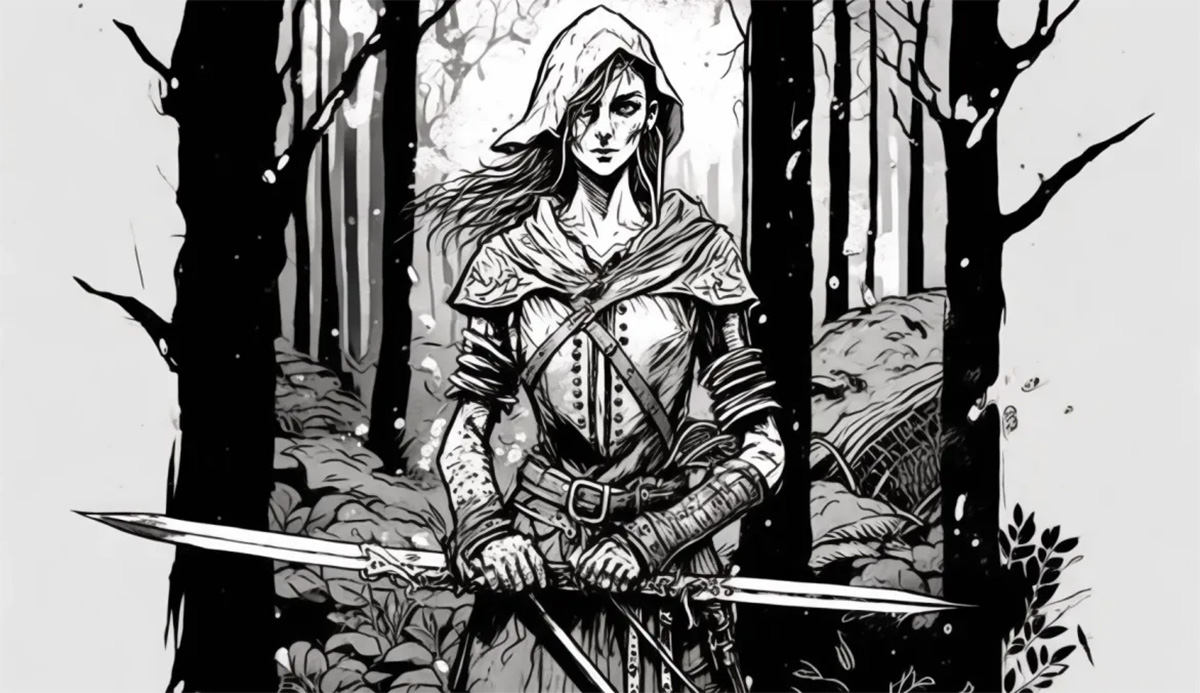
Build overview
- Class: Rogue/Wizard
- Race: High-Elf
- Spellcasting ability: Intelligence
They never expect the melee wizard! It’s true that wizards are rarely seen going toe-to-toe on the frontline of combat, but with a clever bit of multiclassing and using the Elven art of bladesinging, it is indeed possible to build a viable melee wizard.
This build requires a little bit of patience as your starting Class, and in fact, the first 3 levels will need to be in the Rogue class and eventually choosing to be a Swashbuckler. By the third level, this sets you up nicely for melee combat by giving you:
- The ability to Sneak Attack
- Medium armour proficiency
- Fancy Footwork to prevent attacks of opportunity against single opponents
- Rakish Audacity to get +1 on initiative rolls and allows Sneak Attacks on solo enemies without advantage
- Cunning action to Dash, Disengage, or Hide as a bonus action
At this point, you can start taking levels in wizard and with your Elven Heritage, you can learn the art of Bladesong which lasts for 1 minute in combat, giving you +4 AC, increases movement speed by 10ft, advantage on Acrobatics checks and +4 on any CON saves to keep concentration on a spell.
As you take wizard levels, you can focus on spells that will aid you in melee combat such as Shield, Shadow Blade, Misty Step and Haste.
By Level 7, with these spells, donning standard Studded Leather Armour, without any additional magic items, you can have a fighting AC of 26, with BladeSong, Haste and when you use your Shield. A couple of magic items can push 30 AC, making you incredibly hard to hit.
If you really want to double-down, you can take Mirror Image to make yourself even harder to hit and cast Shadow Blade to give you a 2d8 psychic damage on a hit (with advantage on any attack in dim light), as well as an opportunity to hit with your off-hand weapon and of course, Sneak Attack.
With the right build, a melee wizard can be incredibly fun to play!
The Bladesinger Wizard Tradition is detailed in the Sword Coast Adventurer’s Guide.

Advanced spellcaster build: Experimental risk-takers/rule of cool-ers
Recommended: Lunar Sorcerer
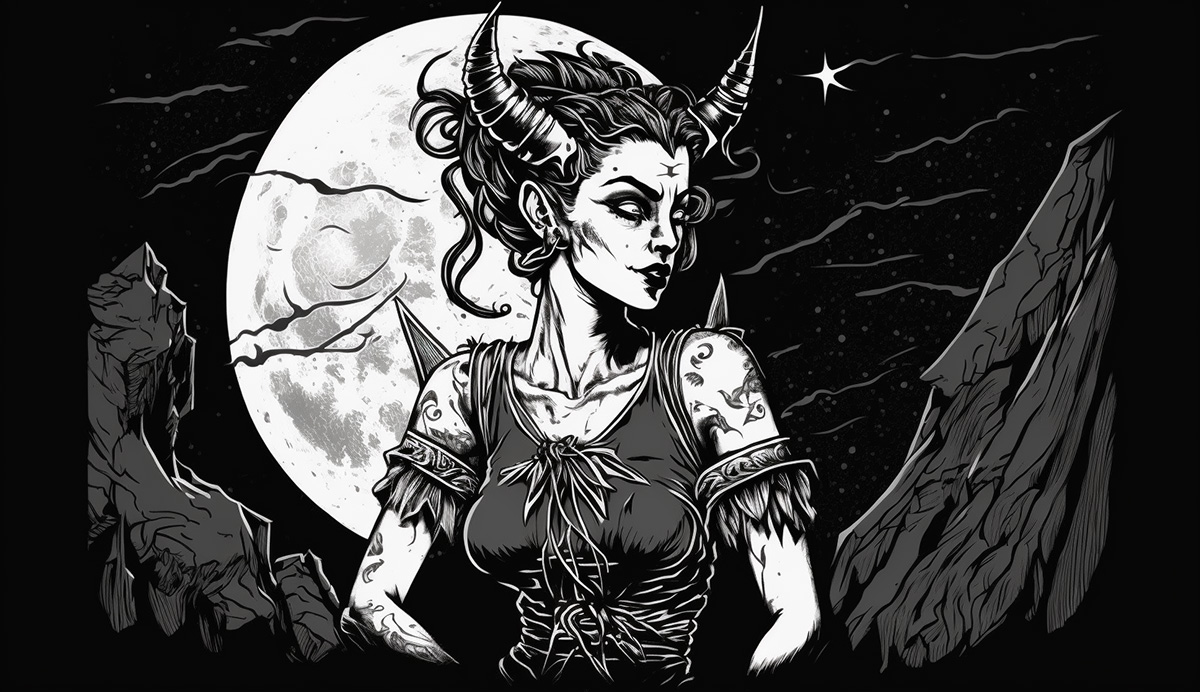
Build overview
- Class: Sorcerer
- Race: Tiefling
- Spellcasting ability: Charisma
For those who have some magical experience already under their belt (or those who are just bold) being able to defy the regular limits of spellcasting and of individual spells themselves might hold great appeal.
These people are likely going to feel very drawn to Sorcerers and their Metamagic. This feature, shared amongst all Sorcerers, allows the caster to utilise their innate connection to the arcane to widen the possibilities of a particular spell in various ways; casting quicker, further, without sound or movement, at multiple targets where usually there would be only one, to name a few. There are 8 ways in which spells can be altered; Sorcerers choose two at level 3, adding one upon reaching levels 10 and 17, and each has a cost (in Sorcery Points). Due to this cost, one may avoid taking multiple Metamagic options that cost multiple Sorcery Points, in order to get the most out of their pool. However, the recently introduced Lunar Sorcery diminishes the need for this consideration. The Lunar Sorcerer, for spells of certain Schools of Magic depending on the phase of Lunar Embodiment they are in, can reduce the cost of using Metamagic by one Sorcery Point. It sounds complex, but basically (provided you take spells with a decent range of Magic Schools, which is easily done) allows you to extend your pool of Sorcery Points and thereby get up to more spell-bending shenanigans.
One might argue that this negates the need to take the Metamagic Adept feat in order to do so, but why stop there? Additional Sorcery Points and Metamagic Options add even more to what makes this subclass so fascinating and fun to play! Of course, feats that expand your known spell list (Sorcerers have many spells to choose *from* but are permitted to learn relatively few) are great (if you fear that you may get bored of bending the limits of the same spells every day). Thematically, Shadow Touched suits the Lunar Sorcerer quite nicely, getting you a +1 Charisma score increase, the Invisibility spell and a Necromancy or Illusion level 1 spell of your choice (remember that all spells, regardless of where you learn them, can have Metamagic enacted on them).
If you’d really like some particulars, one spell that is useful both in and out of combat but often disregarded for Metamagical use is Dispel Magic (a spell learned under the Full Moon Lunar Embodiment for Lunar Sorcerers). When used to end spells buffing your enemies or hindering your own party, especially those with multiple targets such as Bless or Bane, it can be a pain to take an Action to end the effect on each individual. But when you can Twin or Quicken this spell to make it a Bonus Action or end the effect on two creatures, you’re sure to become a pain in any opposing Mage’s side!
(There are a few good choices for ancestry as a Sorcerer, as many have Charisma bonuses, so go with whatever floats your boat. Personally, I find that playing a Tiefling and being able to enhance Hellish Rebuke via Heightened or Empowered Spell when exacting revenge on someone who has harmed you, is very satisfying.)
Make your own magic
The depth and possibility of combinations (powerful or downright silly) is what makes D&D adventuring so fun. Ultimately, you can play any character in any way you want to, but your build will facilitate opportunities that can help you achieve a particular goal or vision for that character.
Whichever build you go for, don’t forget to take Fireball.
